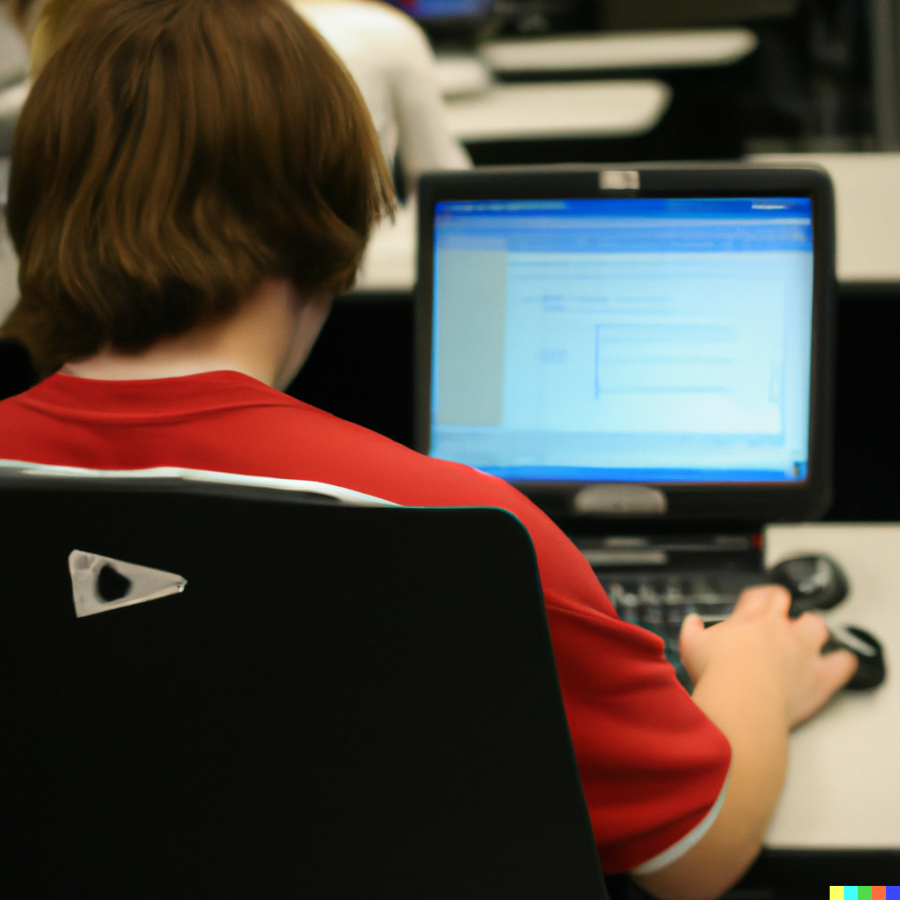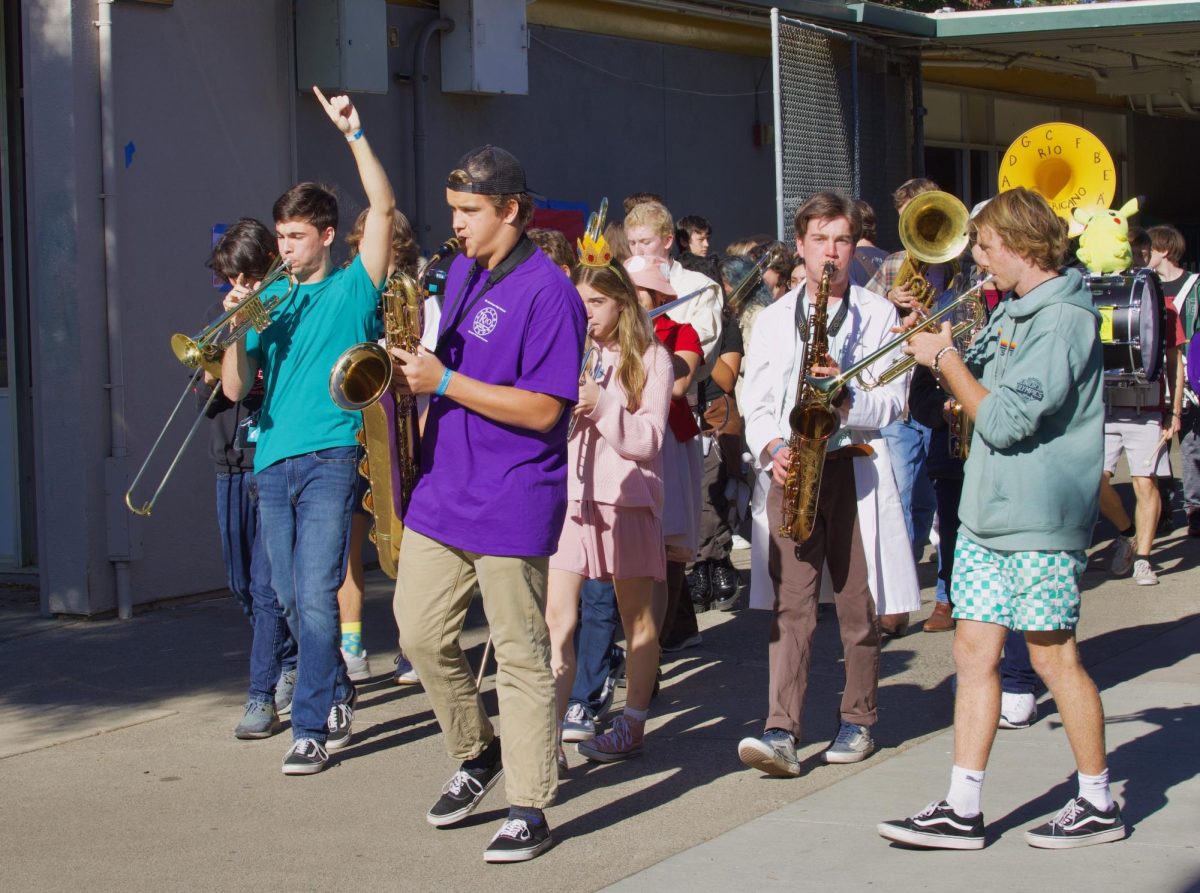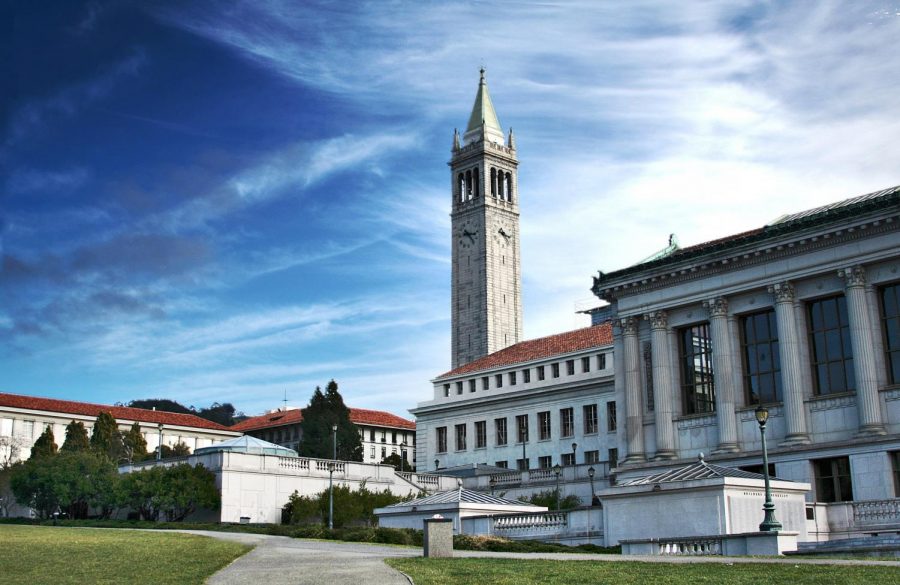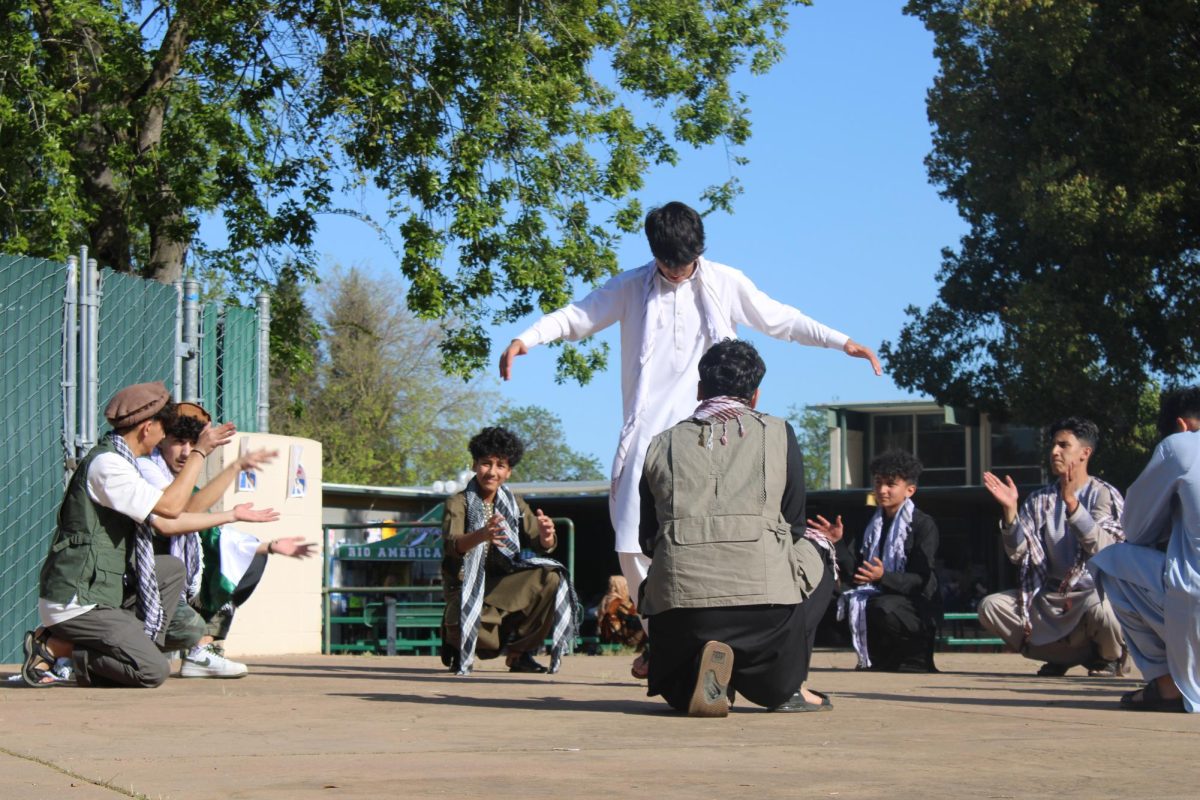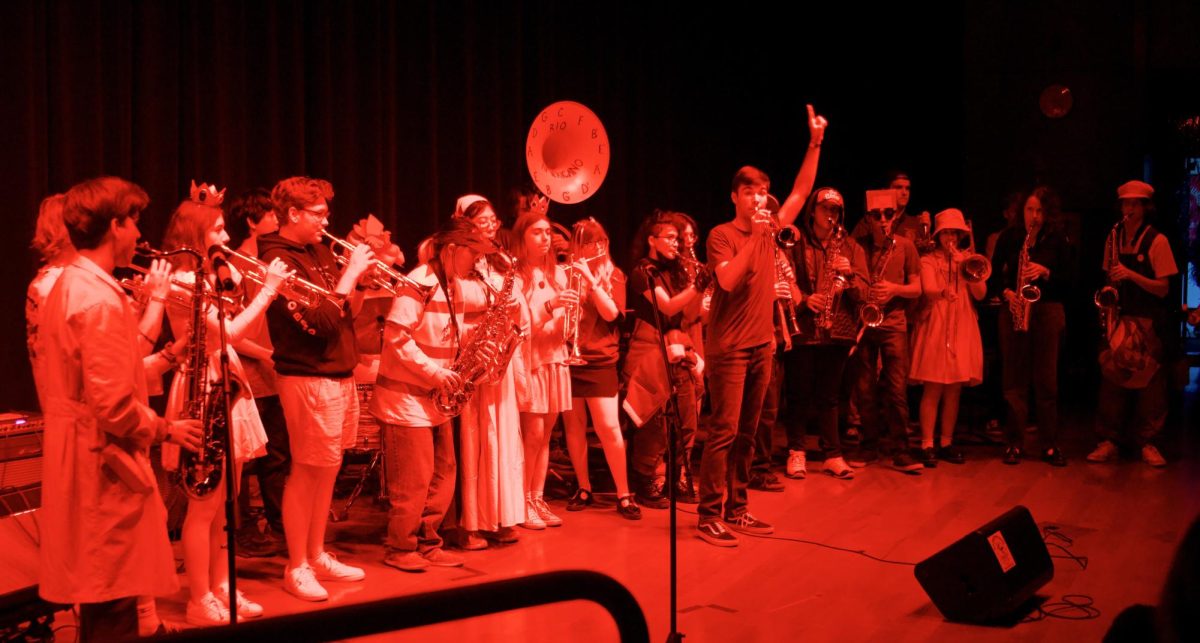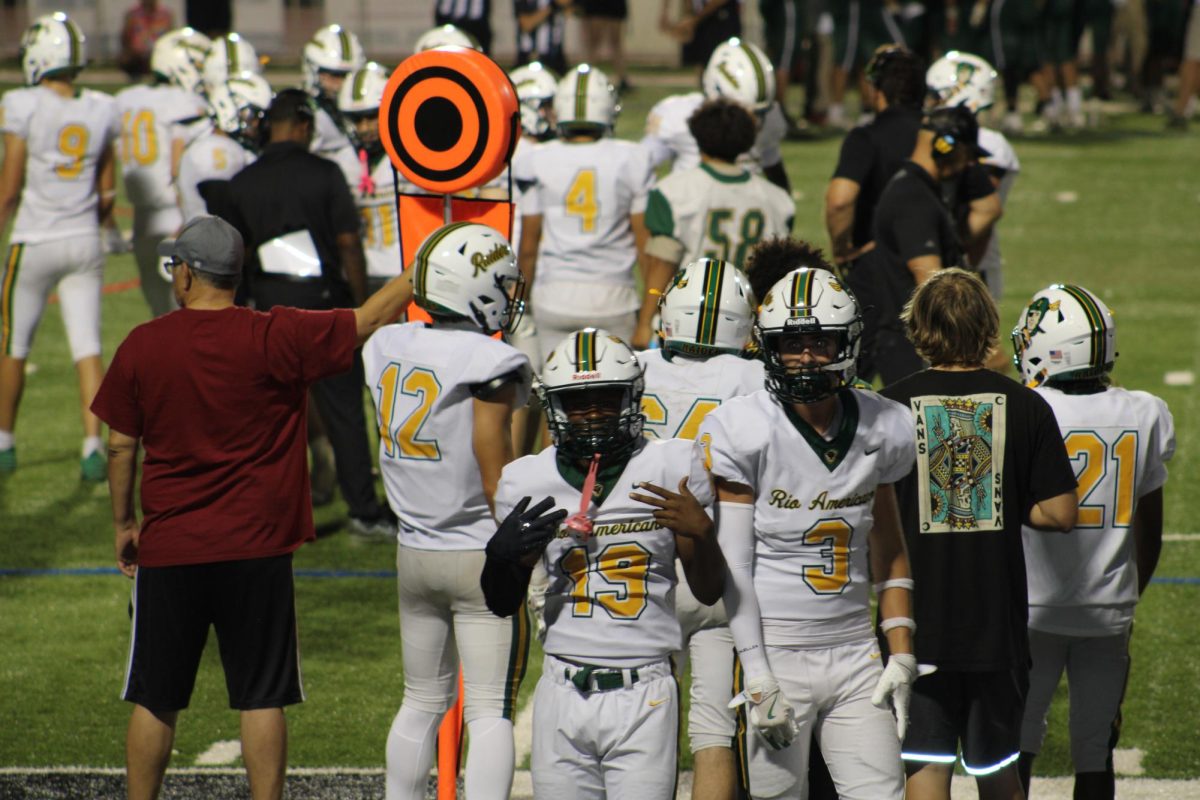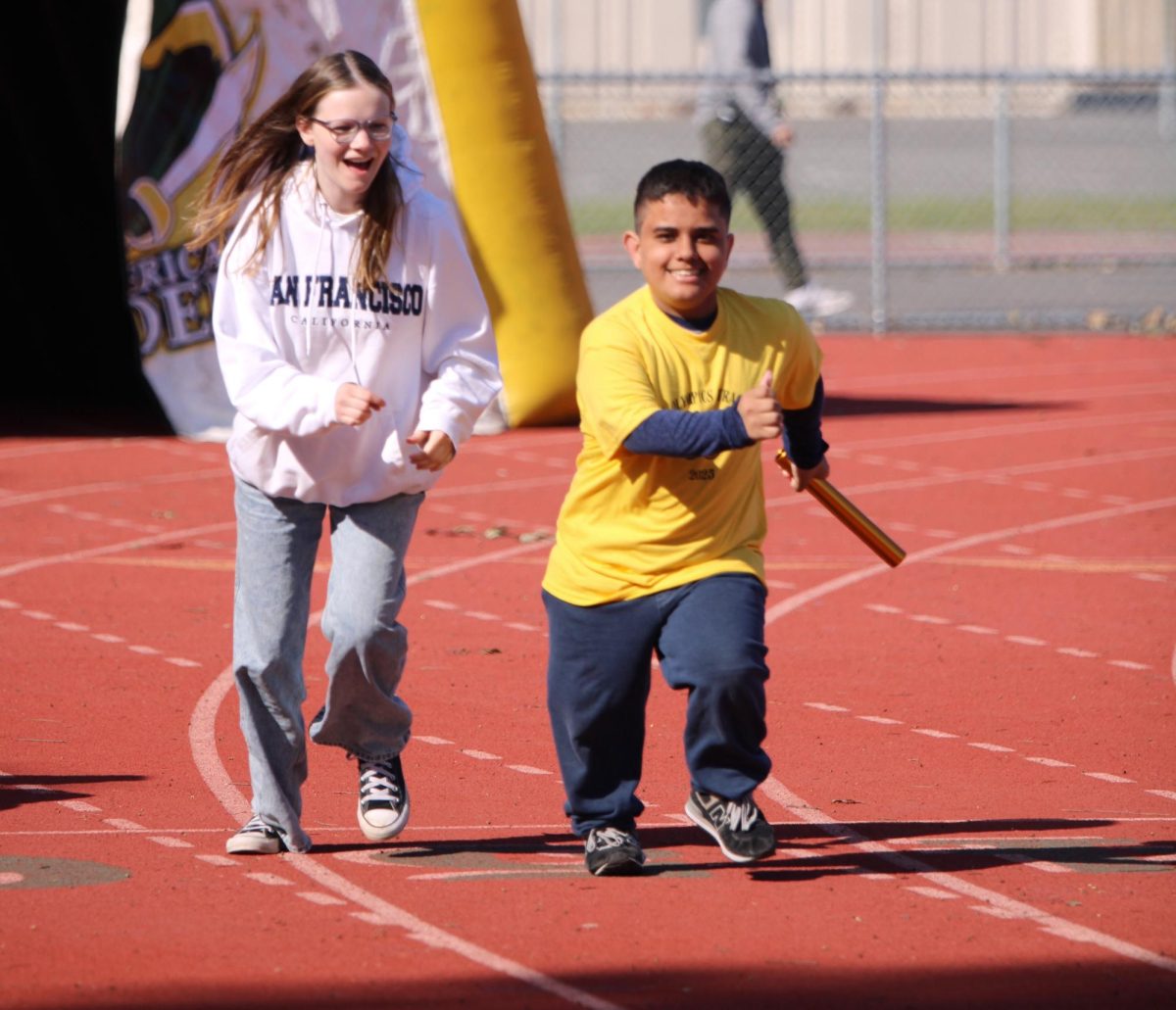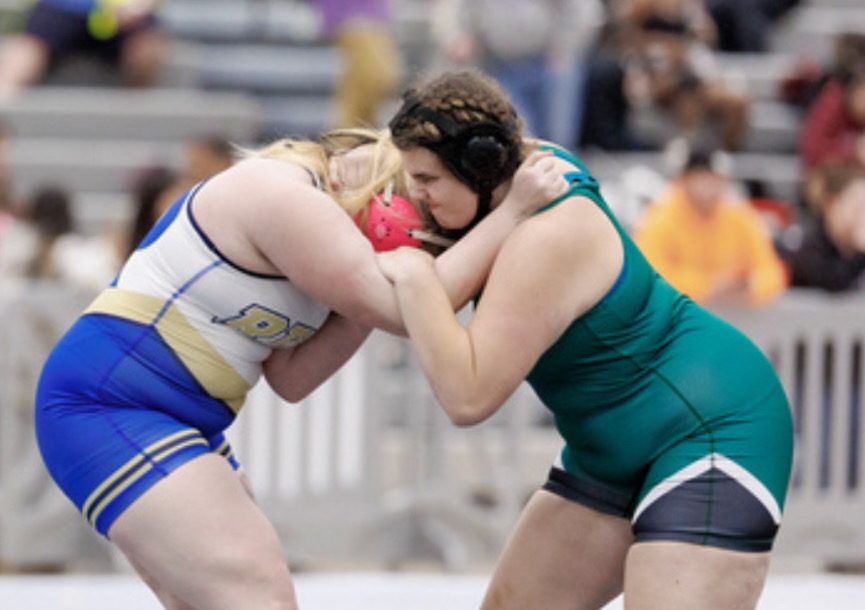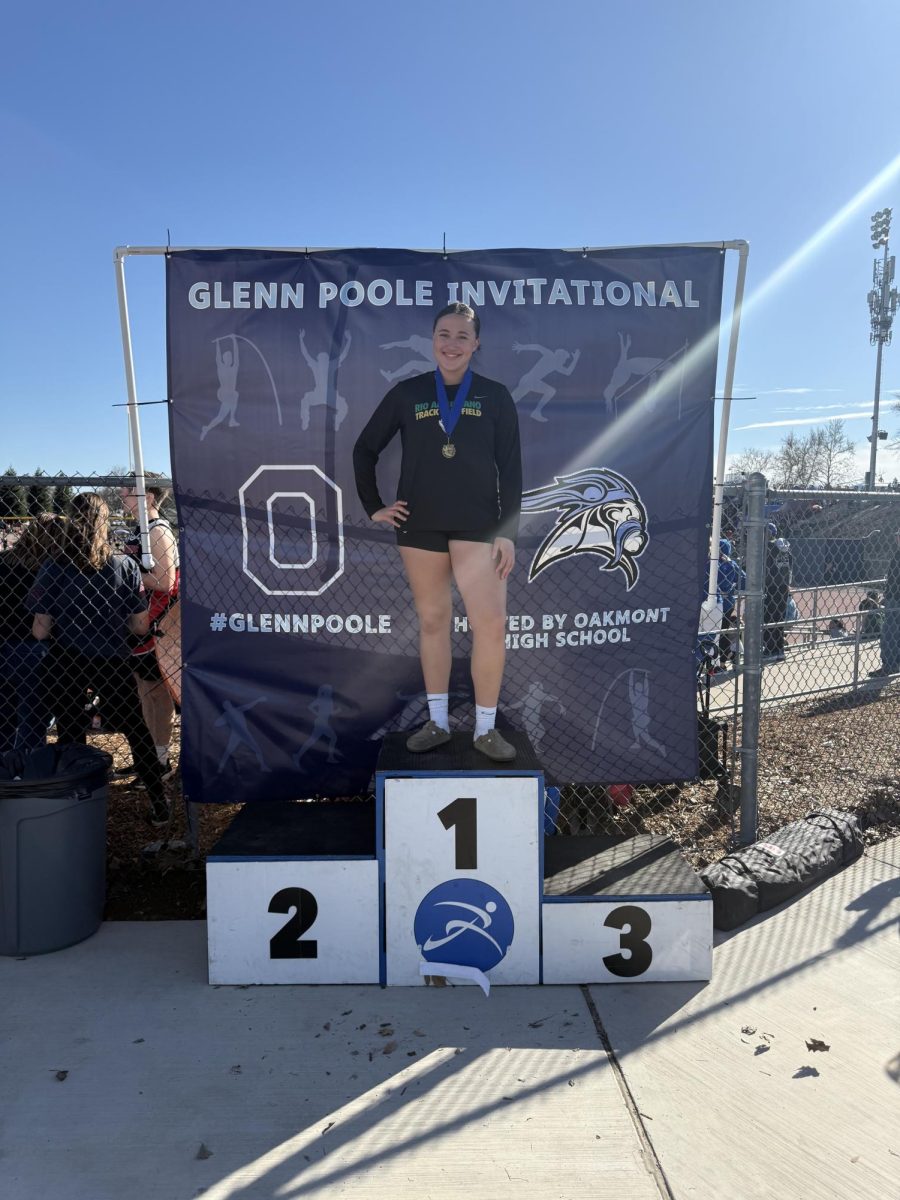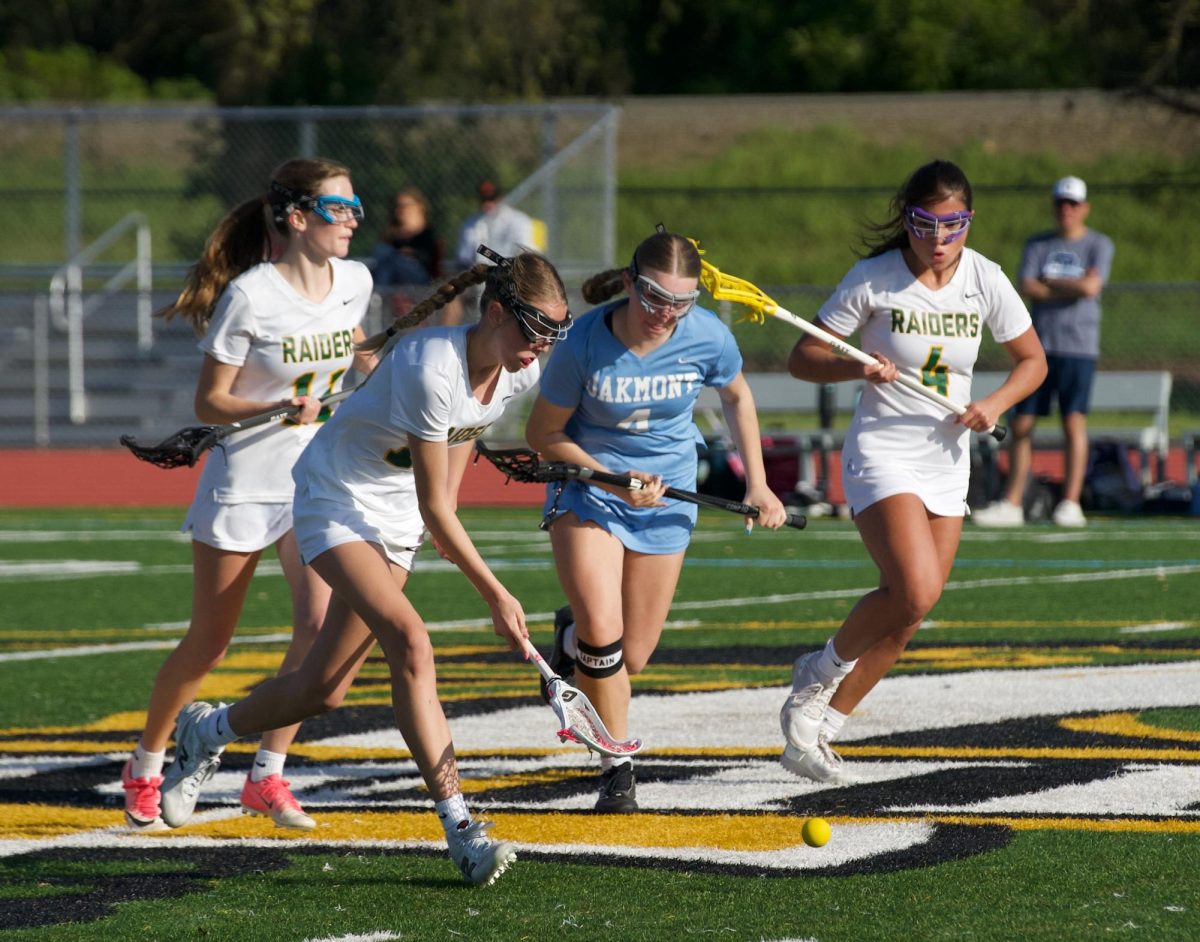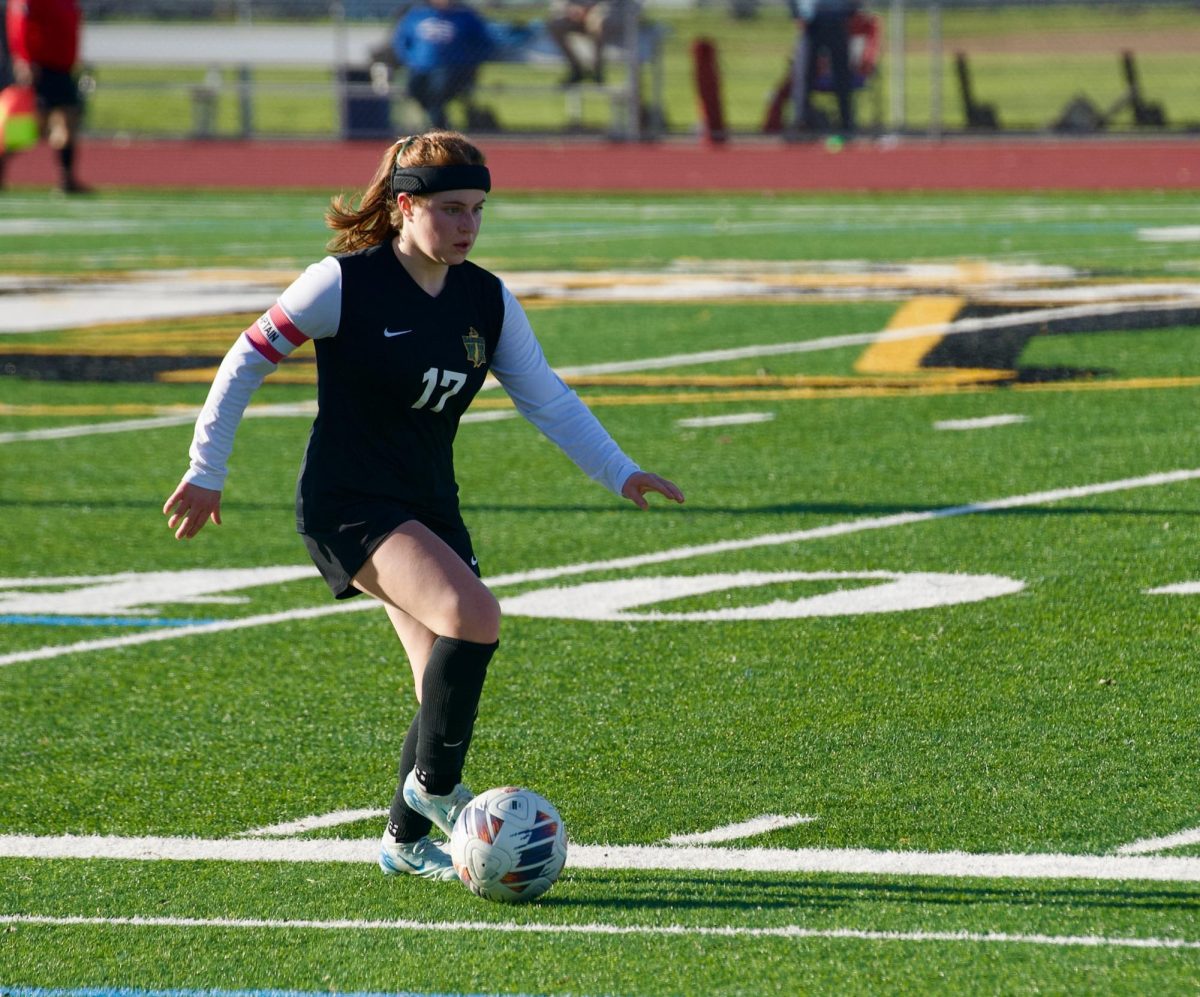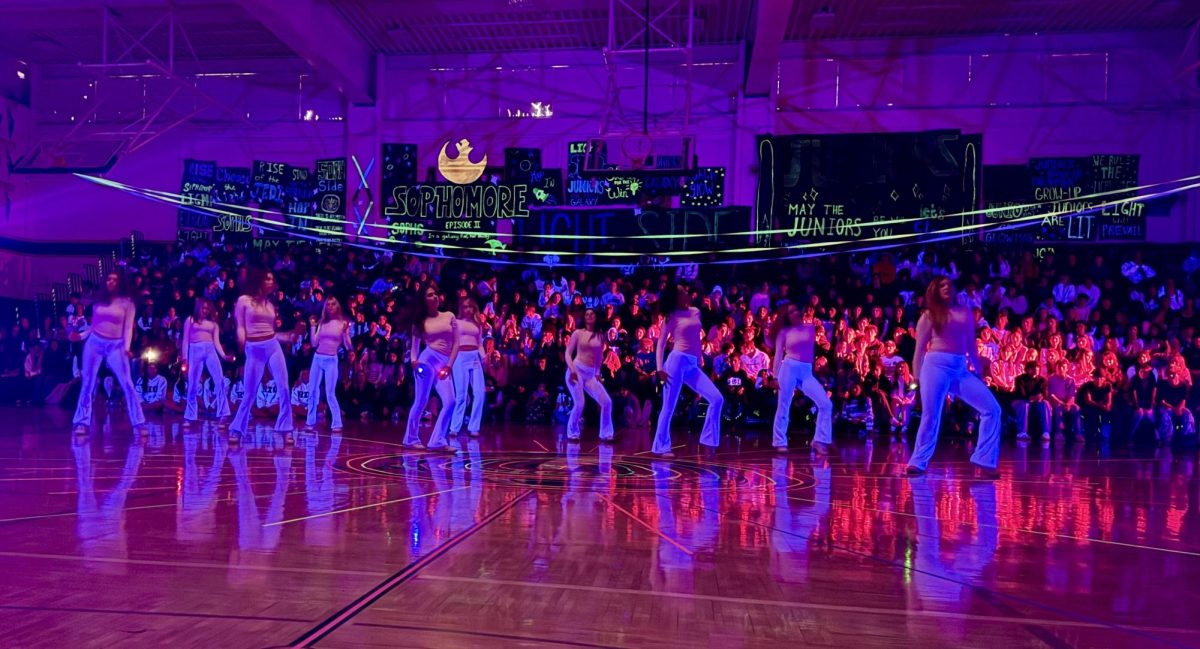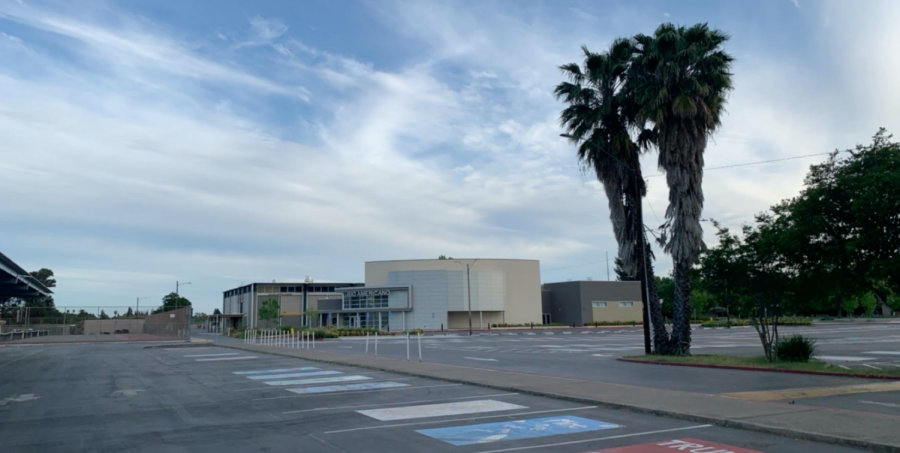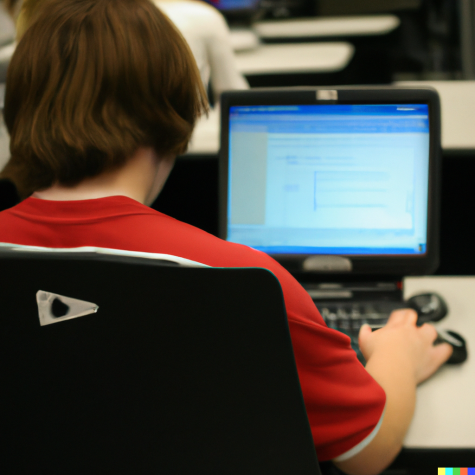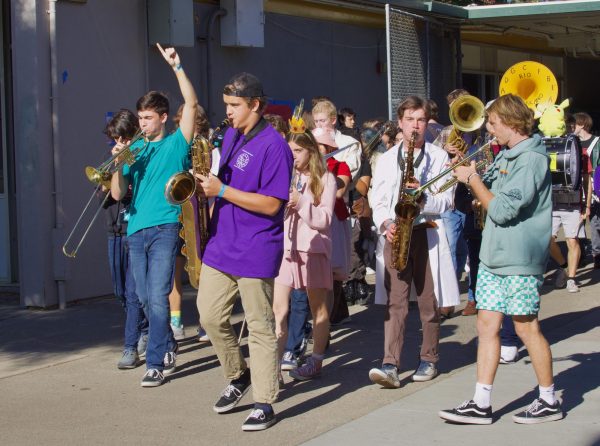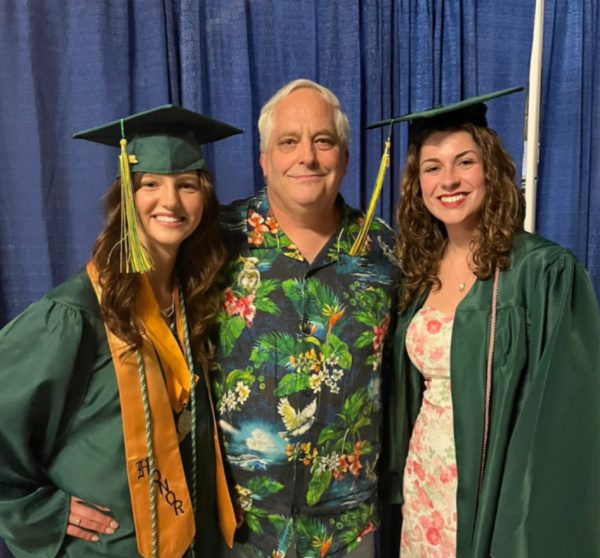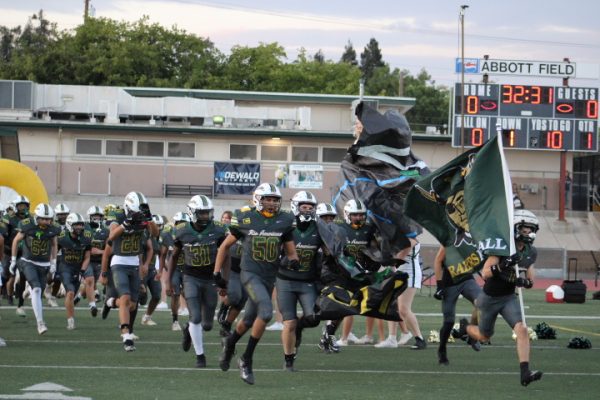District, state plans to get students back on campus by April
Photo By Nicolas Gorman
Normally without a parking space to spare, the Rio parking lot has been without the bustle of students for a year. Return is in sight, however, as infection rates decline.
After a year of distance learning, high school students in San Juan Unified School District could return to campus by spring break. The district announced a shorter delay once Sacramento County reaches the red tier in bringing kids back to school.
Previously the district had to wait 14 days after the county was moved into the red tier, but a new agreement with the San Juan Teachers Association shortens this waiting period to five days, depending on when the red tier is reached. If the county drops down by March 16, students could return to campus by March 22.
While younger learners will return to school no later than April 5 regardless of what tier the county is in, high school students must await lower infection rates. As long as the county enters the red tier by April 6, secondary education will begin the hybrid learning model April 12.
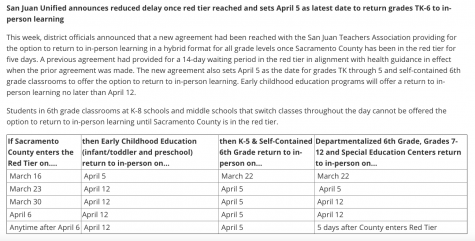
New legislation puts pressure on schools to open in April
The long negotiations to reopen schools have resulted in Senate Bill 86, which produces billions of dollars in funding and applies pressure on California schools to open up by next month.
“The trend data is going in the right direction,” San Juan Superintendent Kent Kern said in a Zoom interview. “I’m really encouraged… I’m hopeful we could get kids back the week before spring break.”
While Kern hopes to see all students back before spring break, in order to meet the requirements to enter the red tier and allow time to transition students to the classroom, many Rio teachers and counselors forecast a return to campus the week after spring break.
As California’s case count continues on a downward trend, with just over 4,000 new cases on March 8, the new legislation uses money to incentivize schools to reopen in a timely manner. The bill presents a total of $6.6 billion to schools statewide; $2 billion of which is in the form of grants for safety measures from contact tracing testing to protective equipment.
The bill encourages all grade levels to have in-person learning resume as soon as their respective county hits the red tier, or they risk losing funding. The state has applied additional pressure to get younger learners and high-need students of all grades back at the end of this month.
For every day a district fails to meet the April 1 deadline for bringing kindergarten through second grade back, they lose 1 percent of their share of the billions in funding. If they still haven’t brought younger students back by May 15, they lose all of it.
Secondary students, however, still must await the transition from the restrictive purple tier to the “substantial” red tier. While Sacramento county’s positivity rate is 4.7 percent, within the range for the “moderate” orange tier, there are nearly 12 new cases per 100 thousand citizens, well over the 7 person new case rate needed to reach the red tier.
“I don’t know that it is going to help us at San Juan Unified get kids back any sooner,” Kern said, referring to the new legislation, as the district is at the mercy of the county’s case data.
With cases the lowest they have been since Nov. 1, however, staff are working hard to organize classrooms and ensure campus is ready to welcome back students.
“I’m really hopeful that the way these trends are going, we can keep going in the right direction and get you guys back in school in the next four to six weeks,” Kern said.
A look at classroom logistics and the hybrid schedule
When school reopens, it will not be the normal bustling campus with crowded hallways and 36 student classes. Rather, Superintendent Kern suspects the average class size in secondary schools will be 12-15 students.
“I haven’t seen any school district that has had 100 percent of their kids come back,” Kern said, estimating that other districts he toured in bordering counties have seen 50-75 percent of their students opt-in to hybrid learning.
Some classes may exceed the average size, including band, which may move to a larger area like the gym, and P.E., which can distance students outdoors.
The hybrid model will include three cohorts of students, in order to allow for more diligent social distancing and other precautions.
Cohorts A and B will both be on campus two days a week in the morning and online for distance learning two days a week in the afternoon. Cohort A will be on campus Mondays and Tuesdays, while Cohort B will be in person Thursdays and Fridays.
Cohort C will remain in distance learning full-time and have afternoon Zoom classes four days a week, accompanied by cohort A or B in Zoom on their respective days. Wednesday classes will no longer occur and custodians will perform a routine deep cleaning while students are off campus doing asynchronous work.
Access to testing and vaccines
“Some of the bigger challenges would be around the testing components when we return,” Kern said.
While frequent testing is required in schools if in the purple tier, the red tier testing requirements focus on response testing in order to aid contact tracing in the event of an outbreak.
“We do have an agreement with Valencia Labs who is a part of the state recommended lab work for testing that if and when we come back and we have to do testing, we would work through them,” Kern said.
Once the red tier is achieved, the agreement with the teachers union states that staff will come back regardless of if they are vaccinated. Most teachers should, however, have the opportunity to get vaccinated before then.
So far, the district has hosted two vaccine clinics in partnership with Dignity Health. The first clinic in February vaccinated an estimated 1,200-1,300 staff, and the second clinic hosted by San Juan vaccinated another 2,700 people, though not all of them educators.
Kern also suspects a few hundred staff members have received vaccines from personal healthcare providers or other sources. Ultimately, the district has over 5,000 employees to vaccinate.
“Every single person that works at Rio should have the opportunity to get vaccinated before people that work in the district office or somewhere else that doesn’t directly interact with kids,” Kern said.
Early vaccination sites prioritized staff already back on campus – nutrition services staff, bus drivers and custodians, for instance – as well as staff over 65. Title I schools were another top priority, in an effort to mitigate the inequity as Hispanic and Black communities have been harder hit by the pandemic.
If there are extra doses at the end of a clinic, from missed appointments or extra inventory, volunteers and other staff may be able to receive shots, as well.
“Some places have been throwing away doses,” Kern said. “So at the end of the day if there are people there and they’ve got extra vaccines, we’re going to try and use every vaccine we can.”
While staff will not be required to get a vaccination, if they choose not to get vaccinated and then claim that they do not feel safe returning to school, they could be at risk of taking an unpaid leave of absence.
With funding on the line for both educators and schools, a return to campus appears to be on the horizon – a full year after students were first sent home. To seniors, Superintendent Kern hopes for an in-person graduation, and for all students and staff, Kern looks forward to seeing the social aspect of school return after far too long apart.
“I hope those that feel comfortable can come back and I really want you to have as many activities that we could do before you graduate,” Kern said. “I hope you get the chance to walk the halls.”

